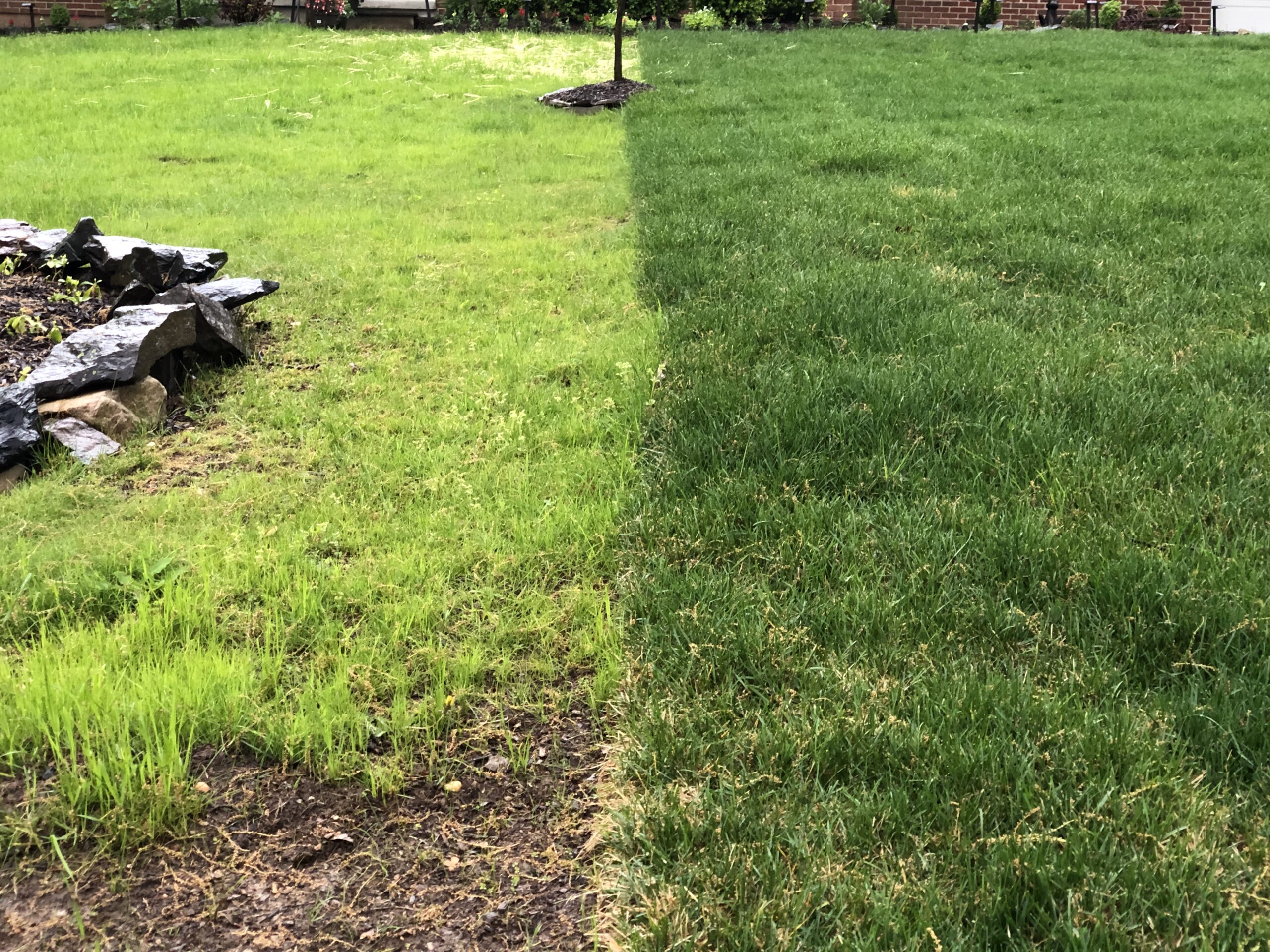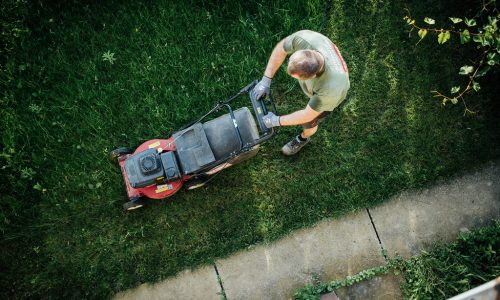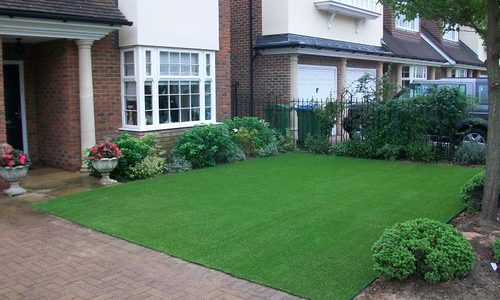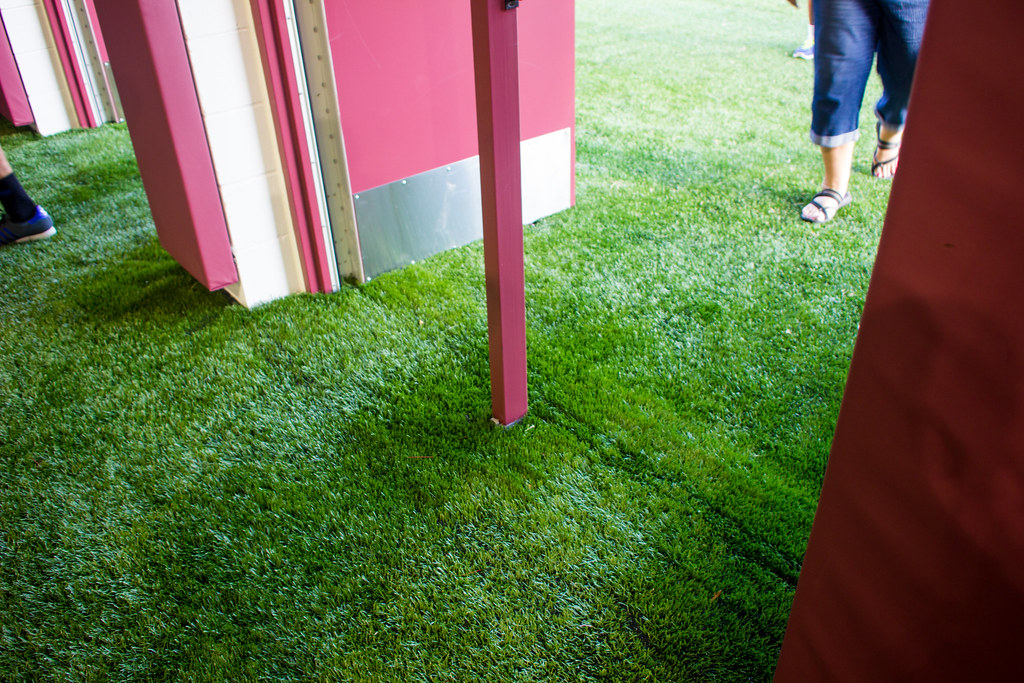Sod installation is a popular way to quickly establish a healthy lawn. It grows well in Texas and helps prevent soil erosion and save water. Although it may be more expensive upfront, it offers instant results and long-term benefits.
To maintain a healthy lawn in Texas, it is important to choose the right fertilizer based on the type of grass and soil. Soil tests can help determine the nutrient needs. Granular fertilizers release nutrients slowly, while liquid fertilizers provide a quick boost. Organic fertilizers are environmentally friendly and improve soil health.

In this section, we will teach you the proper method for mowing sod lawns. We will provide you with detailed instructions to help you maintain a healthy and vibrant lawn.
One crucial aspect of mowing sod lawns is understanding the recommended mowing height. We will explain the ideal mowing height for sod lawns, taking into consideration factors such as grass type and climate. By adhering to the correct mowing height, you can ensure that your sod lawn remains lush and resilient.
We can provide expert advice on the frequency of lawn mowing. This advice takes into account factors such as grass growth rate, weather conditions, and your desired lawn appearance.
This section covers mowing techniques and other important lawn maintenance tasks like aerating and dethatching. By understanding and properly executing these tasks, you can improve the health and vitality of your sod lawn.
In Texas heat, it’s important to know about issues that can happen to your lawn. These issues include brown patches, fungal diseases, and pests that can affect the soil. These problems can have a significant impact on the health and appearance of your lawn. However, you can solve them by understanding how they occur and treating them correctly.
Factors such as over watering, poor drainage, or fungal infections cause brown patches in Texas lawns. To treat them, adjust watering schedules, improve drainage, and use a fungicide if necessary.
In Texas heat, fungal diseases and pests are common problems for lawns. You can identify fungal diseases by observing discolored or distorted grass blades, powdery substances, or dead patches. Treating them involves lawn maintenance and using fungicides.
Cultural practices and insecticides can control pests like chinch bugs, armyworms, and grubs that cause damage. Overall, proper lawn maintenance and using the appropriate treatments can help prevent and treat these issues.


This section can focus on seasonal lawn care tips specifically for Texas summers. Discuss the need to change watering times, use summer fertilizers, and shield the lawn from heat and dryness.
Sum up the main points and stress the significance of correctly installing and maintaining sod in the hot Texas weather. Encourage readers to implement the tips and advice provided to achieve a beautiful and resilient lawn.
Before laying the sod, it is important to properly prepare the soil to ensure a healthy and strong root system for the grass. Here are some tips for preparing the soil:
Follow these steps to create a good environment for sod to grow strong roots and promote healthy growth.

To achieve this, it is important to properly prepare the soil before laying the sod. Here are some tips for successful sod installation:
When buying sod, consider the type of grass that is suitable for your region’s climate. Texans commonly use warm-season grasses such as Bermuda grass and St. Augustine grass. You can purchase sod from local sod farms or garden centers.
If you have a small area to cover, you can consider DIY sod installation. Buy sod in rolls or pallets.. Determine the amount you need by calculating your lawn’s square footage. For example, if you have a 450 square feet area, you would need to purchase enough sod to cover that space.
Remember to follow proper watering and maintenance practices after installing the sod to ensure its successful establishment and growth.
